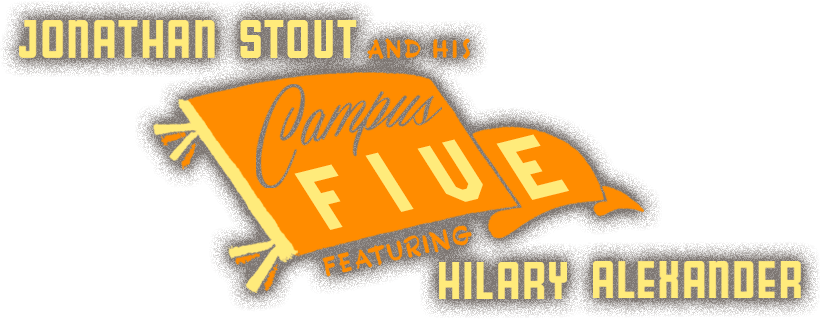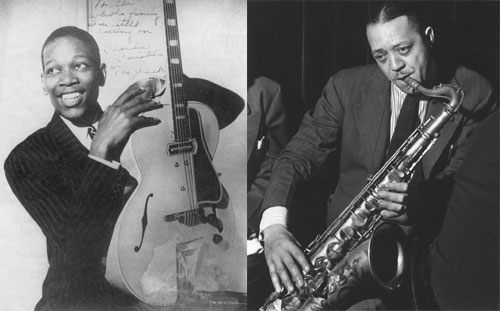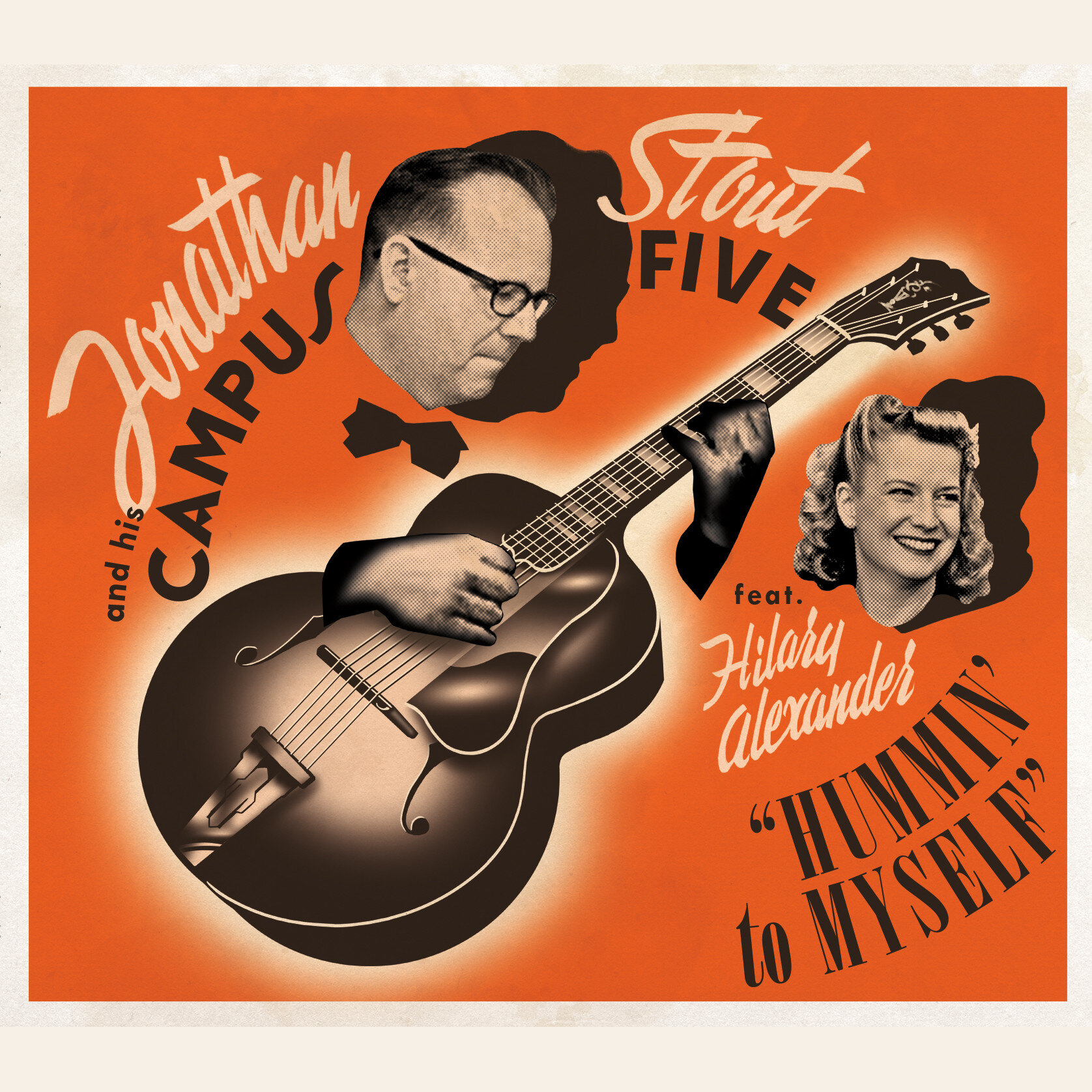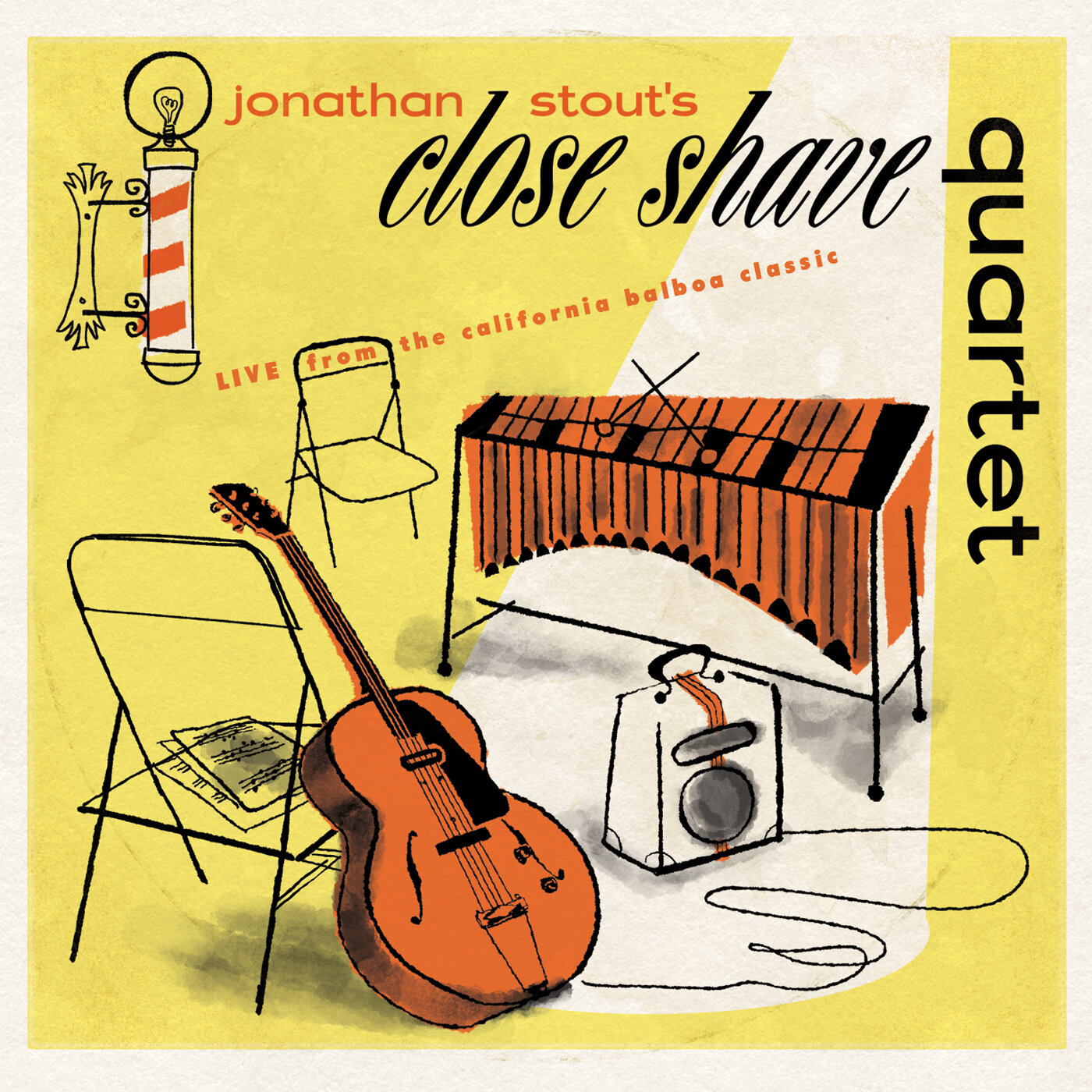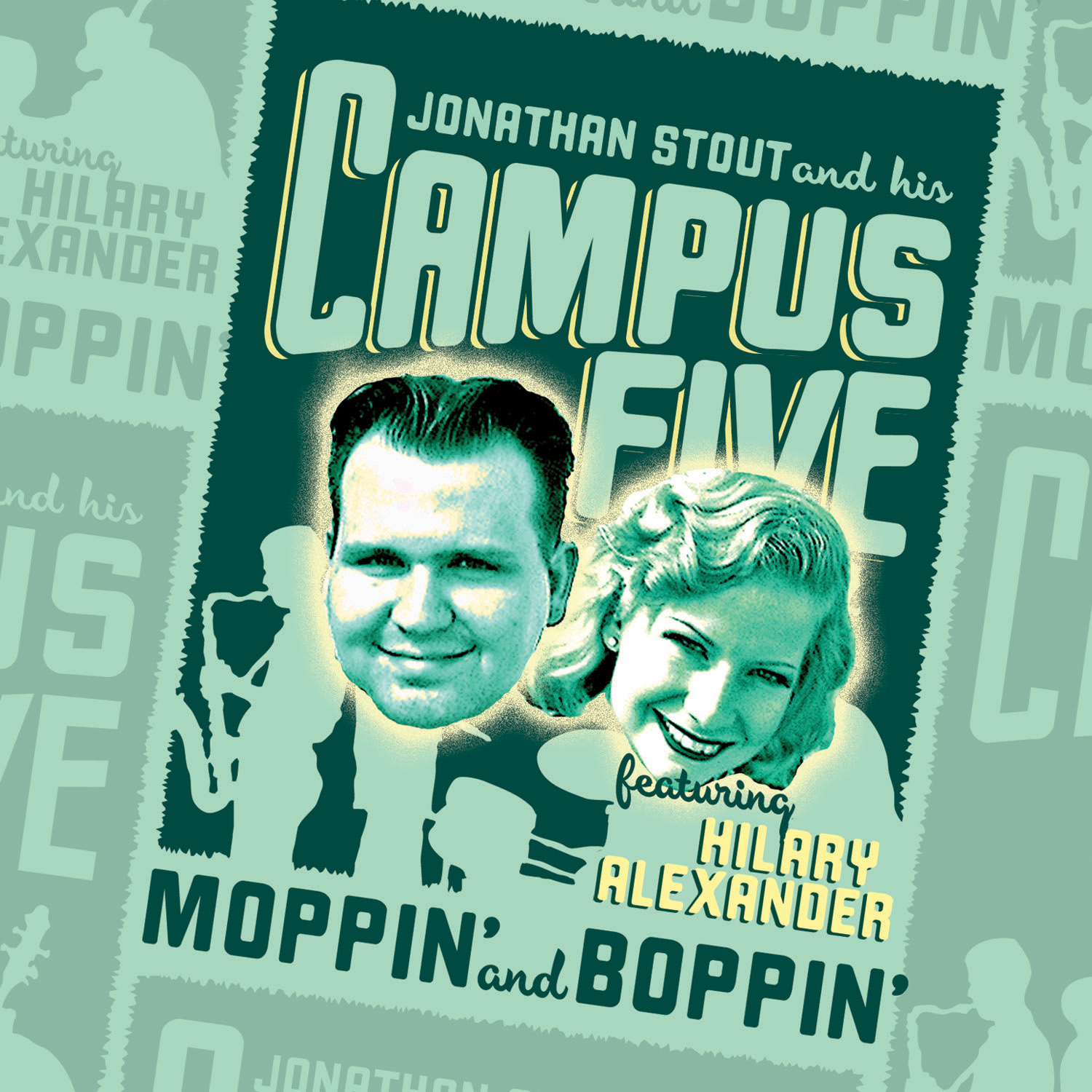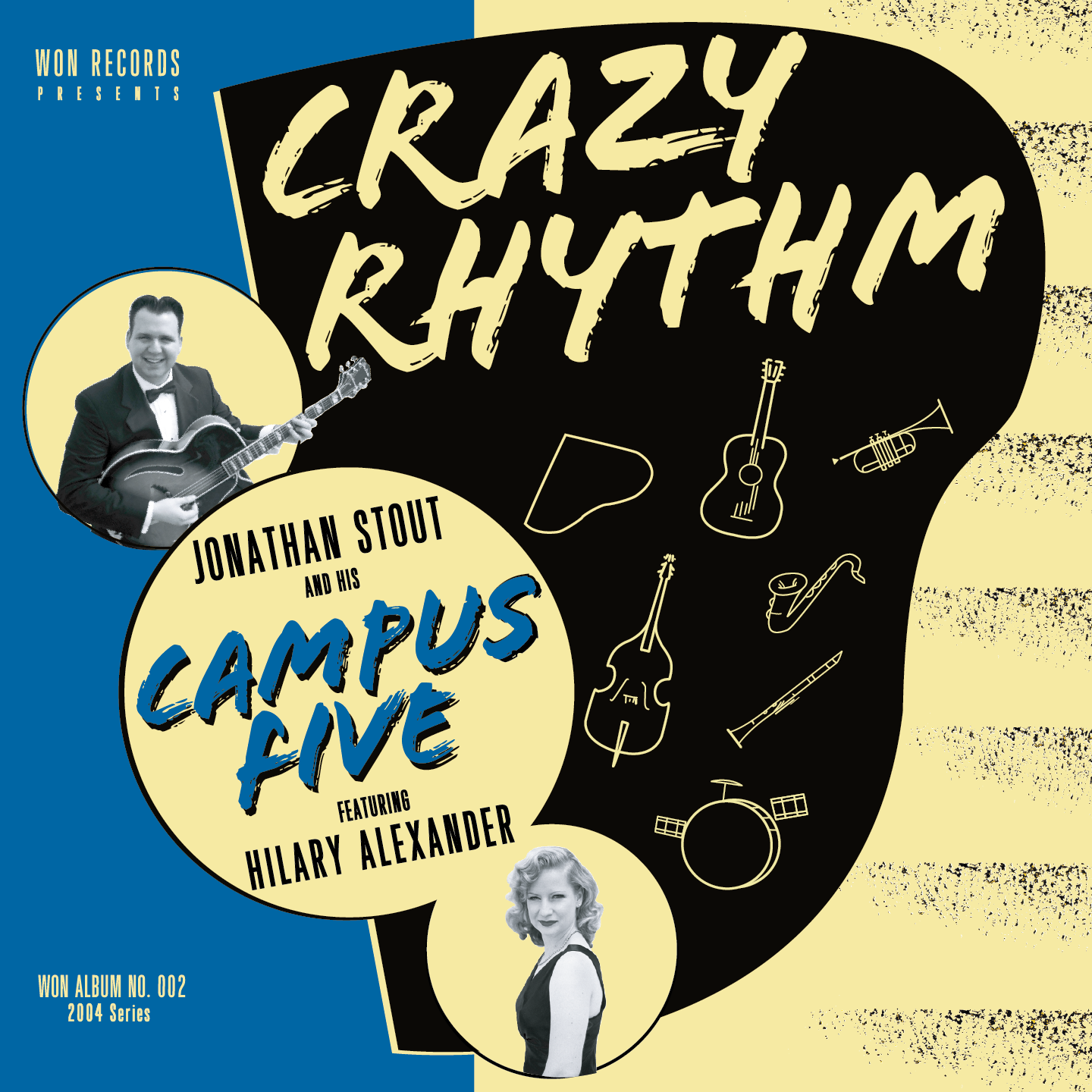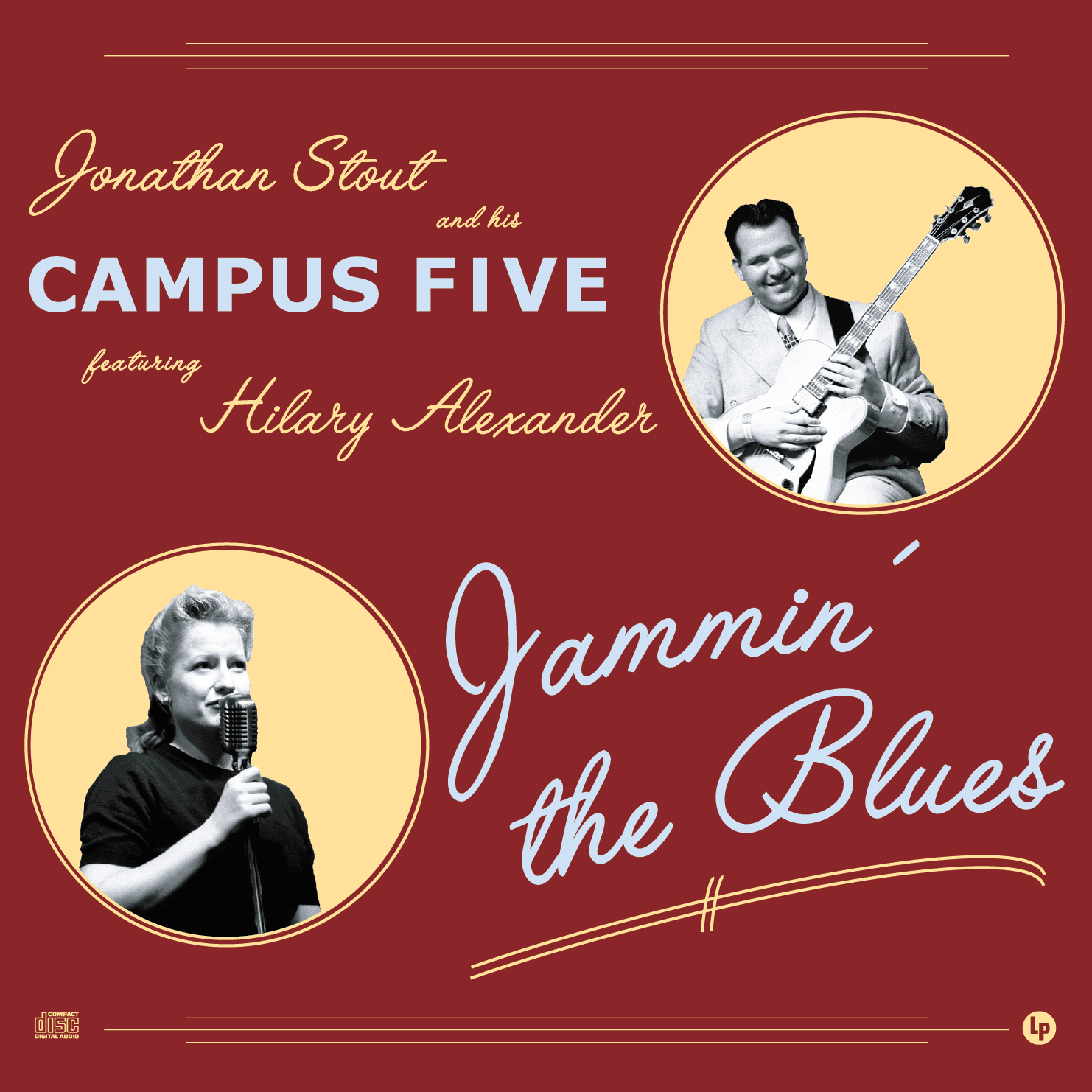The Lost Charlie Christian Website FOUND
/When I first started focusing on Swing guitar, one of the most useful sites I found was Greg Hansen's Charlie Christian Site: Legend of the Jazz Guitar. Aside from the discographies, trivia, photos and other biographical information, it also had a small primer on Charlie's playing style as well as many transcriptions. The transcription pages were particularly helpful because they had the solos in notation and tab, and a link to a real audio file of the solo. Given that it was in real audio format, that should give you an idea of when the site was created.
Well, a couple of years ago the site vanished. It just wasn't there anymore. This was particularly frustrating because some of the tunes were not transcibed anywhere else, and where they were transcribed, the approach to fingering was very different. I'd forget a small piece of a solo that I'd learned a while back, and not be able to just double check it. It was a bummer. I then read on the Charlie Christian Yahoo Group that Greg Hansen had taken the site down, and wasn't planning to put it back up anytime soon. Damn.
Well, I stumbled across this a couple days ago: http://www.music-open-source.com/source/Charlie-Christian-guitar-method-eBook/index.php?idArticle=76&langue=en
It's Greg Hansen's Website in the form of a PDF E-book. Awesome: One click, and now I've got it saved forever. Done.
